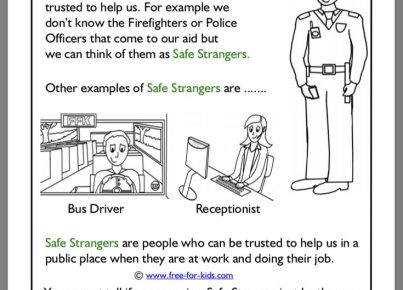As the pandemic continues to unfold, education systems across the globe are taking necessary precautions to ensure the safety of their students and staff. Schools are implementing comprehensive strategies to maintain a healthy environment and minimize the risk of Covid-19 outbreaks. Here’s an overview of how schools are currently preparing for potential Coronavirus outbreaks.
1. Strengthening Hygiene Measures
Schools are emphasizing the importance of personal hygiene, such as handwashing, sanitizing, and using face masks when required by local authorities. Hand sanitizer stations have been installed throughout school facilities, along with signage reminding students and staff to regularly wash their hands or use sanitizers.
2. Social Distancing Measures
To minimize close contact between individuals, schools are redesigning their classrooms, common spaces, and schedules. Desks are spaced apart, and some institutions have installed plastic barriers or dividers between seating areas. Depending on local requirements, schools may also operate on alternating schedules or implement staggered start times to limit the number of people on campus at any given time.
3. Enhanced Communication
Schools are keeping parents and guardians well-informed about Covid-19 policies through regular communication via newsletters, emails, and social media platforms. These updates often include information about symptom monitoring, quarantine guidelines if exposed to someone with COVID-19, and what steps the school is taking to ensure the wellbeing of all community members.
4. Remote Learning Capabilities
With the possibility of future coronavirus outbreaks on the horizon, schools have dedicated resources to enhance their remote learning capabilities. This includes investing in technology infrastructure, such as high-speed internet access and devices for students who may need them at home. Teachers have expanded their digital skillset by engaging in professional development programs focused on online teaching strategies.
5. Monitoring Health and Temperature Checks
Many schools have introduced daily temperature checks for both students and staff before entering school buildings as an extra layer of precaution. Additionally, schools emphasize the importance of staying home when feeling ill, even if symptoms are mild.
6. Collaboration with Health Authorities
School administrations are actively collaborating with local public health departments to stay informed on the latest guidelines, as well as to develop customized response plans in case of a COVID-19 outbreak. This partnership enables schools to make well-informed decisions as the situation continues to evolve.
As the world navigates through the coronavirus pandemic, schools remain committed to providing safe learning environments for their students and staff members. By following best practices and adapting as needed, educational institutions demonstrate their resilience and determination to overcome unprecedented challenges.




